Presented by Heather Johnson USGS Research Wildlife Biologist and Paul Leonard Arctic National Wildlife Refuge Supervisory Biologist
Tuesday, Oct. 15, 5 – 6 AKDT
This event was held with in person speakers at Fairbanks and Anchorage, at watch parties in Soldotna and Homer and on Zoom.
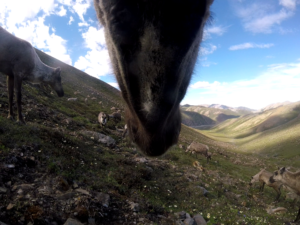 The Porcupine caribou herd is currently the largest in Alaska and one of the largest herds in North America. Each summer, it undergoes one of the longest terrestrial migrations on Earth to birth calves on the coastal plain of the Arctic National Wildlife Refuge. But what is the future of the herd given changing climate conditions? Join us to hear about how an innovative research project aims to discover whether and how a changing climate will impact the herd. Arctic Refuge Supervisory Biologist Paul Leonard will share with us the significance of the Porcupine caribou herd as a cornerstone of the ecological, cultural, and economic landscape of the Arctic Refuge, and as a vital part of the livelihoods and traditions of Indigenous peoples of the region, including the Iñupiat and Gwich’in. Lead researcher Heather Johnson of US Geological Survey (USGS) will discuss the research she is conducting on the Porcupine caribou herd in collaboration with partners including the refuge. Their research aims to understand the influence of changing climate conditions on summer habitat for caribou in the Arctic, the impacts of these changes on caribou behavior and population dynamics, and the implications for the future of the Porcupine herd. As part of the project, caribou wear video camera collars so researchers can ‘see’ life from a caribou’s perspective, footage we look forward to sharing with you!
The Porcupine caribou herd is currently the largest in Alaska and one of the largest herds in North America. Each summer, it undergoes one of the longest terrestrial migrations on Earth to birth calves on the coastal plain of the Arctic National Wildlife Refuge. But what is the future of the herd given changing climate conditions? Join us to hear about how an innovative research project aims to discover whether and how a changing climate will impact the herd. Arctic Refuge Supervisory Biologist Paul Leonard will share with us the significance of the Porcupine caribou herd as a cornerstone of the ecological, cultural, and economic landscape of the Arctic Refuge, and as a vital part of the livelihoods and traditions of Indigenous peoples of the region, including the Iñupiat and Gwich’in. Lead researcher Heather Johnson of US Geological Survey (USGS) will discuss the research she is conducting on the Porcupine caribou herd in collaboration with partners including the refuge. Their research aims to understand the influence of changing climate conditions on summer habitat for caribou in the Arctic, the impacts of these changes on caribou behavior and population dynamics, and the implications for the future of the Porcupine herd. As part of the project, caribou wear video camera collars so researchers can ‘see’ life from a caribou’s perspective, footage we look forward to sharing with you!
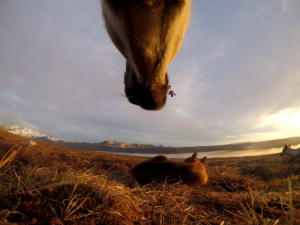
Cow caribou carried video cameras which turned on every 20 minutes to takea 10 second video. This allowed researchers to see what they were eating, what habitat they were using, if they had calves and other important information.
This is a partnered program with the Campbell Creek Science Center serving as not only our monthly meeting but also their Fireside Chats monthly talk series.
Biographies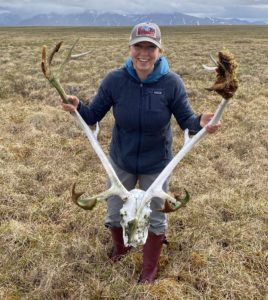
Heather Johnson is a Research Wildlife Biologist at USGS Alaska Science Center in Anchorage. Heather has a PhD in Wildlife Biology from the University of Montana, a Masters in Wildlife Science from the University of Arizona, and a Bachelors in Ecology from the University of California, San Diego. Heather’s research focuses on understanding how changes in climate and land-use are influencing the behavior and population dynamics of large mammals, and how management strategies can minimize impacts. In her free time, Heather loves doing just about every type of outdoor adventure, especially when it means playing outside with her son.

Paul Leonard grew up in the rolling hills of central Kentucky and spent most of his youth playing out of doors and being constantly curious about the living things around him. He came to Arctic National Wildlife Refuge in 2019 after finishing a postdoctoral fellowship at Clemson University in South Carolina. His research and ecological interests are focused on recognizing and quantifying the spatial patterns in the distribution of natural resources and understanding the reasons for those patterns. He strives to synthesize large, complex spatial data on land use change, climate change and other human caused impacts to develop decision support tools and conservation strategies for diverse communities at a landscape level.In his free time, he likes self-powered adventures in the outdoors via boat, bike, and foot. He also spends a fair amount of time studying, photographing, and reading about birds.

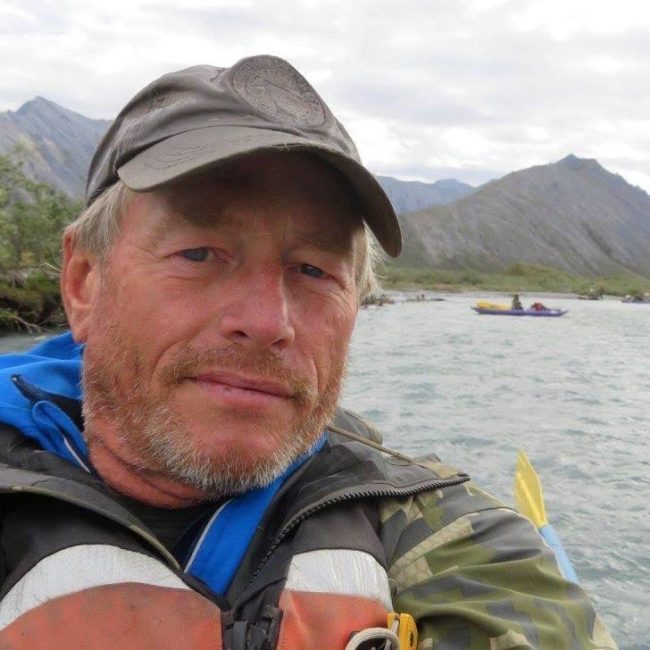
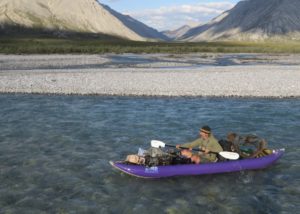


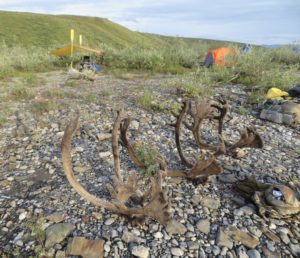
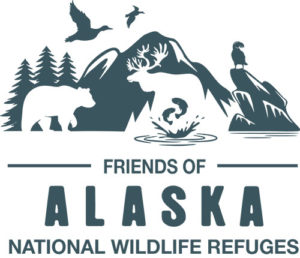
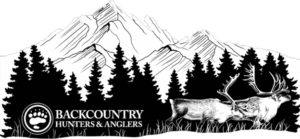
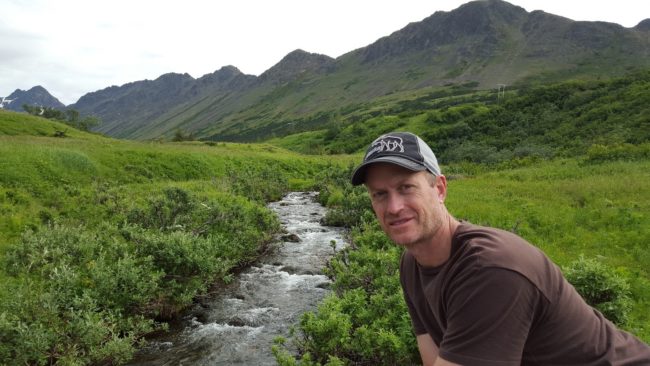

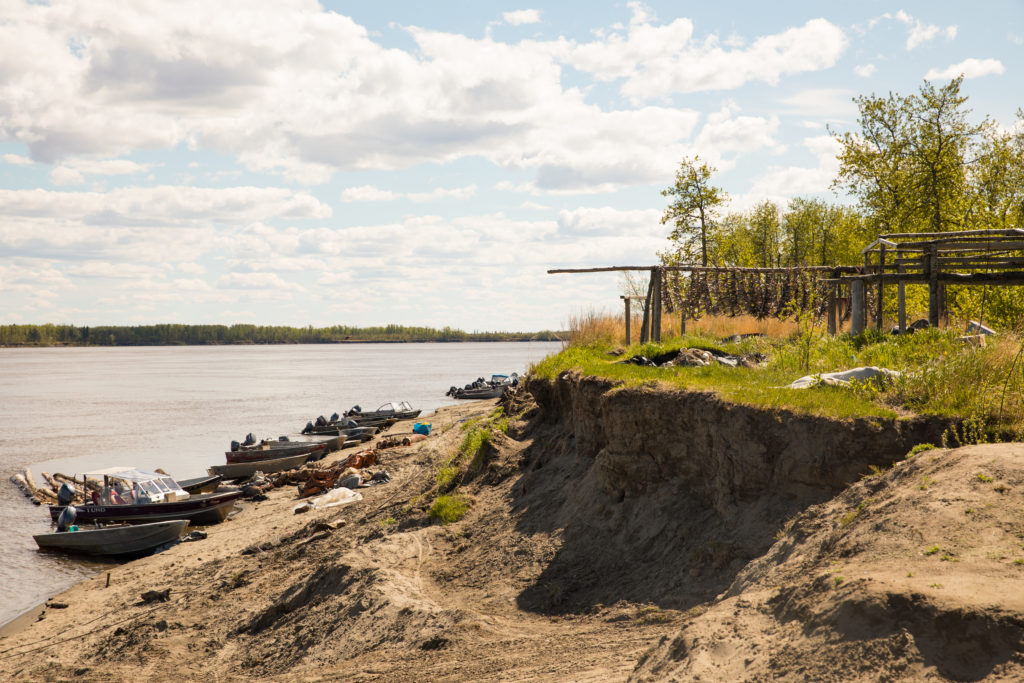
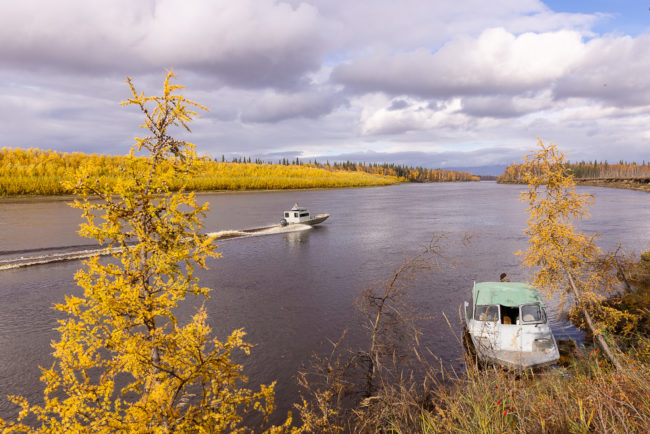


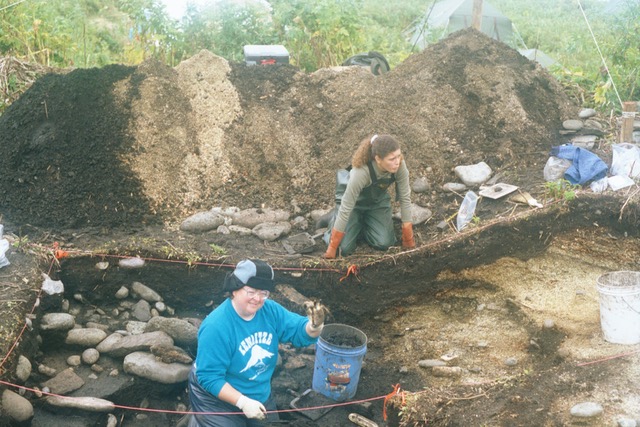
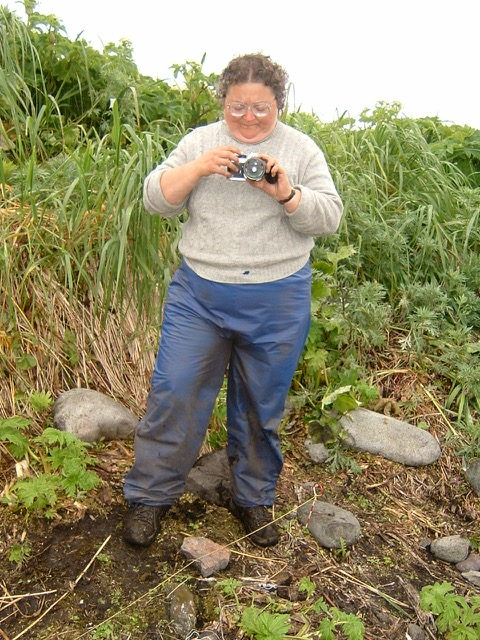
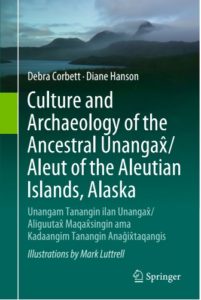
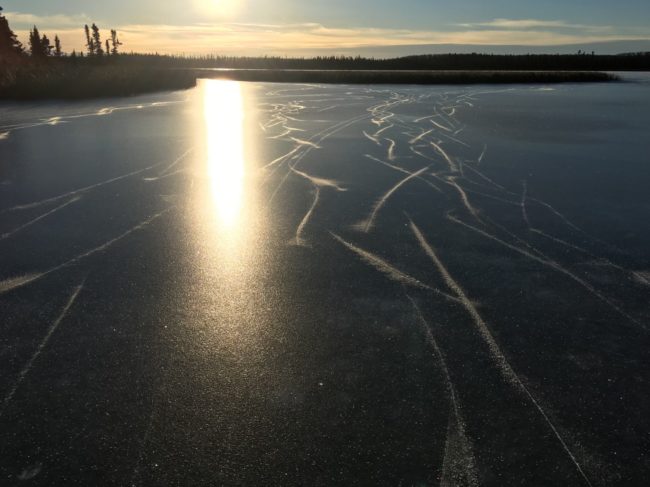

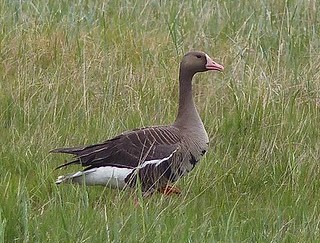 Greater White-fronted Goose, Kigigak Island, Yukon Delta National Wildlife Refuge pc: Kristine Sowl, USFWS
Greater White-fronted Goose, Kigigak Island, Yukon Delta National Wildlife Refuge pc: Kristine Sowl, USFWS
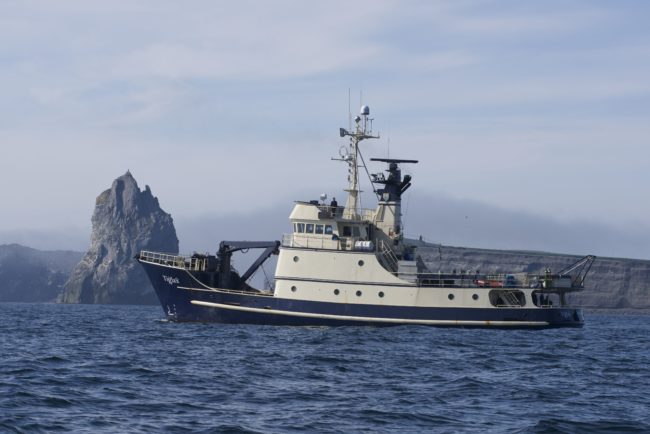
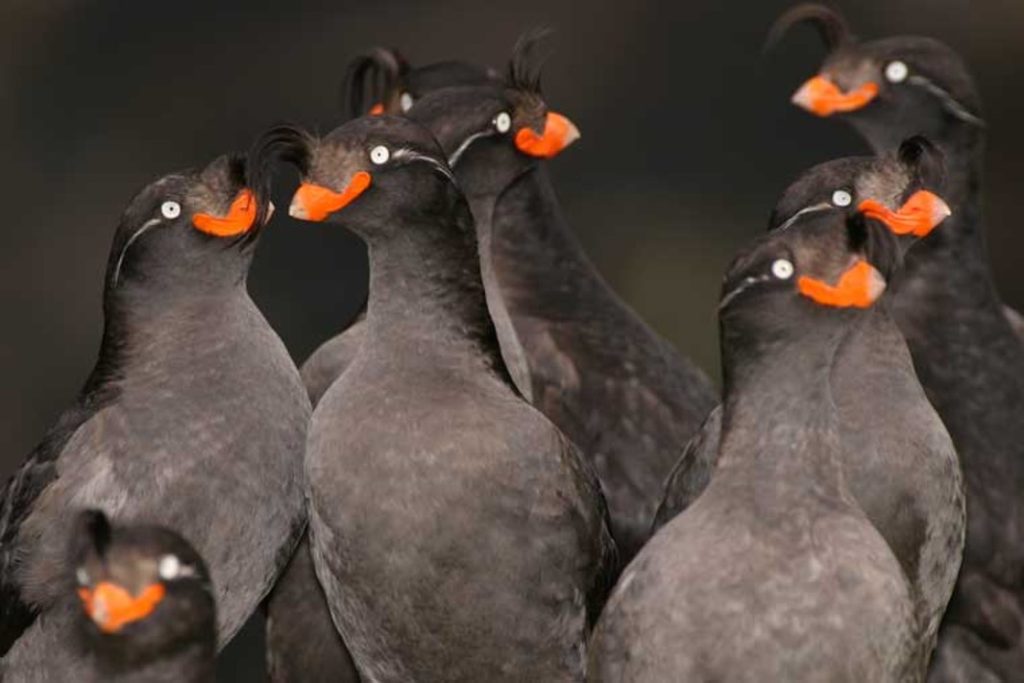 Most of North America’s seabirds nest on this one refuge and crested auklets are some of the coolest. PC USFWS
Most of North America’s seabirds nest on this one refuge and crested auklets are some of the coolest. PC USFWS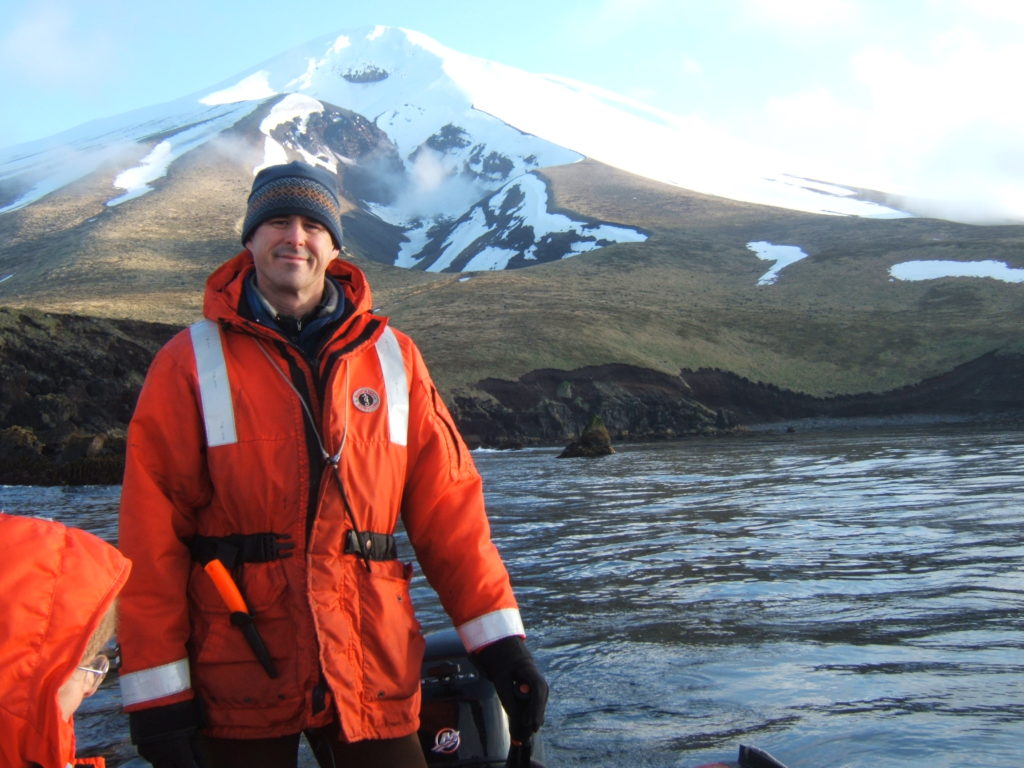

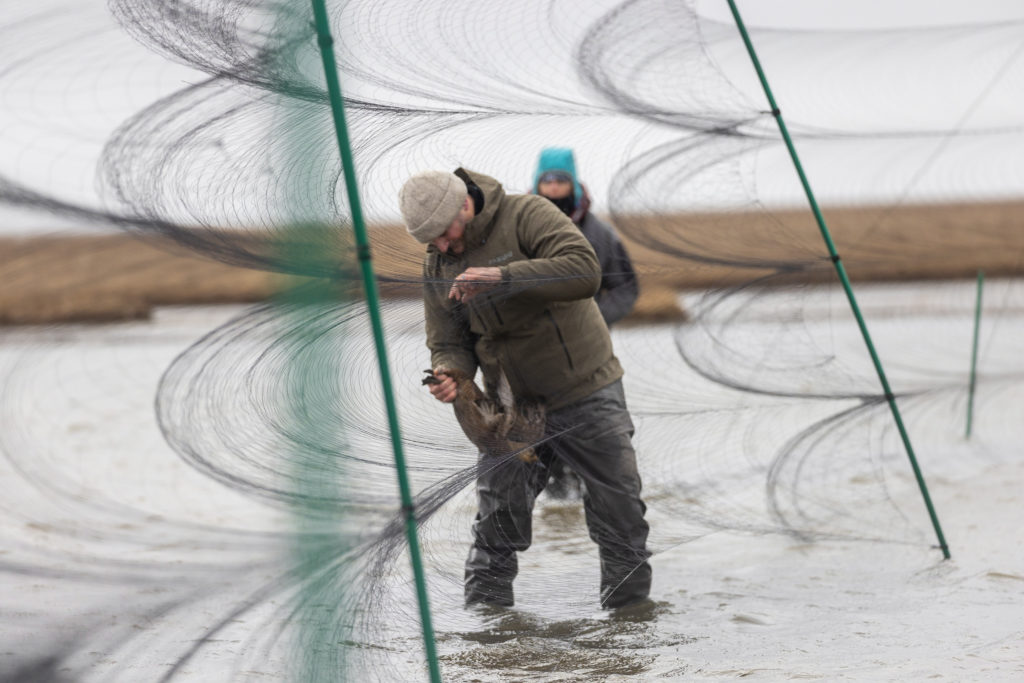 Dan, Mist Netting birds on the river. pc Mark Lindberg
Dan, Mist Netting birds on the river. pc Mark Lindberg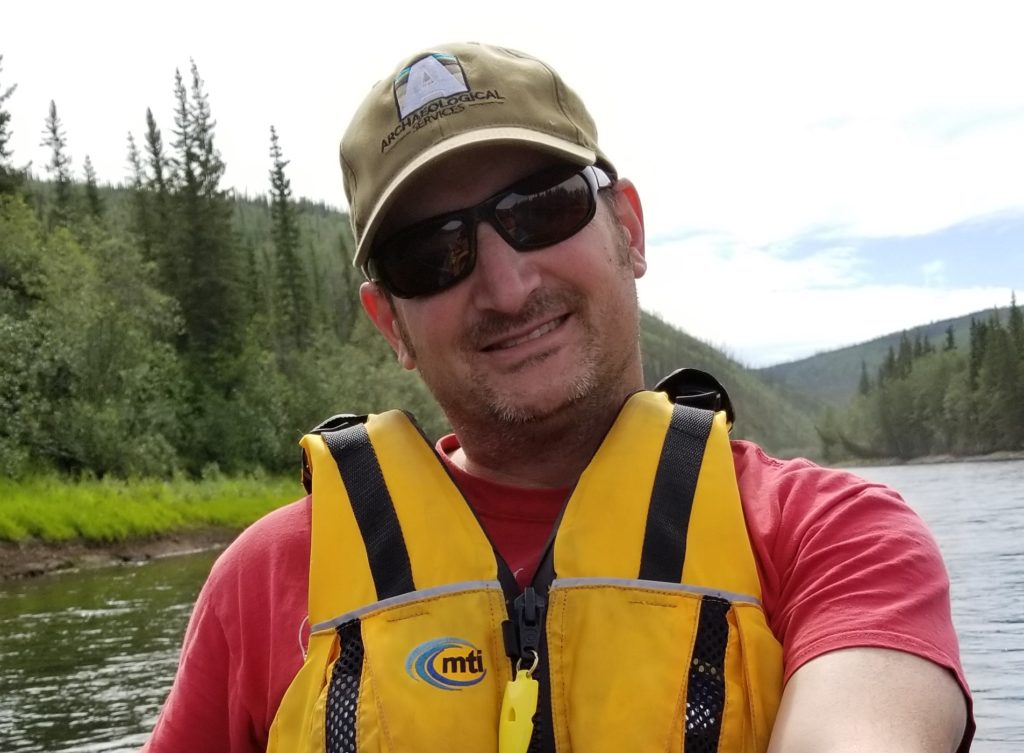
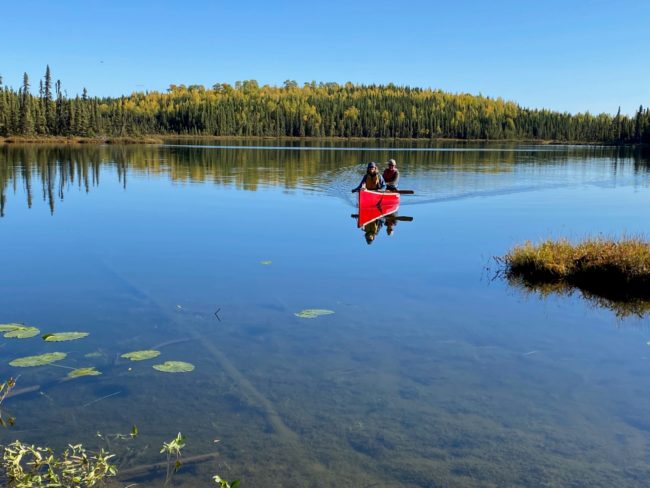
 Portages varying in length from a hundred yards to nearly a mile connect the lakes of the canoe system. Dave Atcheson portaging. pc Cindy Atcheson
Portages varying in length from a hundred yards to nearly a mile connect the lakes of the canoe system. Dave Atcheson portaging. pc Cindy Atcheson Dave Atcheson with Kenai River rainbow. pc: Lee Keuper
Dave Atcheson with Kenai River rainbow. pc: Lee Keuper